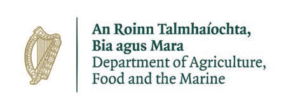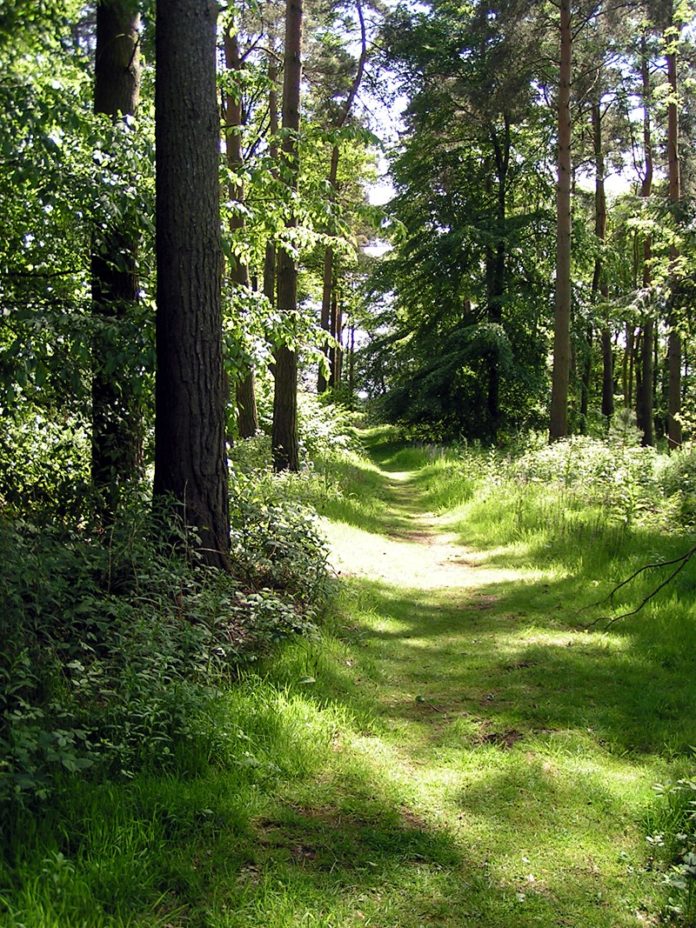Minister of State at the Department of Agriculture, Food and the Marine, Senator Pippa Hackett, today announced the publication of the Department’s annual Forest Statistics Report for 2021. This Report is prepared annually by the Department of Agriculture, Food and the Marine.
Launching the report, the Minister commented, “As I engage with all stakeholders on the commitments in the Programme for Government and Project Woodland, it’s important to have reliable statistics to chart the progress of implementation. ‘Forest Statistics – Ireland 2021’ is a compilation of statistics on the forest estate and the forest industry in Ireland. It is the definitive compendium of up-to-date information on forestry in Ireland and is the go-to reference document for anybody interested in the subject. The information in the annual report demonstrates the Government’s ongoing commitment to forestry.”
“The decreasing trend in the area being afforested annually is something that needs to be addressed. New forestry is essential to meeting not only our economic objectives but also our climate change targets and our aims in terms of enhancing biodiversity. The vital importance of forestry to deliver on society’s needs is well understood and the need to unlock this value into the future is clear. Therefore, the immediate priority is to address the current licencing difficulties and deliver on the objectives of set-out in Project Woodland.”
“My Department is also examining ways of promoting tree planting on farms on a smaller scale than our existing afforestation schemes for inclusion in the next CAP under agri-environment schemes. The primary aim of these measures is to promote and enhance biodiversity, by protecting important environmental resources and generating carbon sinks”.
The Minister also added, “I am particularly pleased with the increase in the proportion of broadleaves afforested from 25% in 2019 to 34% in 2020. A similar increase occurred in the Native Woodland Establishment scheme operated by my Department.”
Ten key statistics from Forest Statistics – Ireland 2021 include:
- In 2020, total expenditure was €79.2 million which includes afforestation grants, annual premium payments and grants for forest road infrastructure.
- During 2020, 2,434ha of new forests were created. Cork had the highest afforestation area at 293ha followed by Kerry at 289ha.
- Nationally, conifer species are the dominant species present, representing 71% of forest area while broadleaved species accounted for 29%. The proportion of broadleaves in new forests created during 2020 is 34%, an increase of 9% over the area established in 2019.
- Native Woodlands established as part of the afforestation scheme in 2020 represented 19% of the total area, an increase of 10% over the area established in 2019.
- Over half (50.8%) of forests are in public ownership, with the remainder in private ownership. Farmers have accounted for 81% of private lands afforested between 1980 and 2020.
- Since 1980, over 23,000 private land owners have received grant aid to establish forests. The average size of private grant-aided afforestation since 1980 is 8.6 ha.
- The construction of nearly 100km of private forest roads was funded during 2020. This reflects the projected increase in timber and wood to be harvested which is expected to double by 2030.
- Felling licences were issued during 2020, for the thinning of 7,605 ha and the clearfelling of 11,870ha.
- According to the State of Europe’s Forests 2020 report Ireland has one of the highest annual rates of change in forest area in Europe, expressed as a percentage of total forest area.
- Forests and forest products play an important role in mitigating climate change by sequestering and storing atmospheric carbon dioxide. In 2019, Ireland’s forests removed close to 5 million tonnes of carbon dioxide.
Commenting on the National Forest Inventory, the Minister said that “field data collection is ongoing on the fourth National Forest Inventory, undertaken by my Department. This gives us accurate, up-to-date information about the extent and changing nature of Ireland’s forests.
Repeated NFI cycles have provided results on aspects such as forest area change over time and the growing contribution which Ireland’s forests are making to national environmental priorities including tackling climate change. Field data collection will be completed in 2021 and results are due to be published in 2022.”









